6. Deadbeat At Dawn (Jim Van Bebber, 1988)
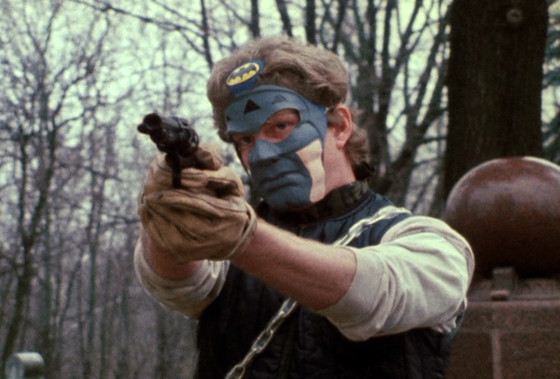
Perhaps the most unknown on this list is Jim Van Bebber’s cult favourite Deadbeat At Dawn, a (very) low budget action-thriller feature about Goose, a man who leaves his gang life for the sake of his girlfriend, only to be quickly pulled back into the world of violence that he tried so hard to escape. It’s an incredibly violent film, one bound to please any gore-hound or horror fanatic, but it also has heart enough to please those who typically veer away from such a film.
It has a homemade feeling to it, undeniably, but Bebber has the directing ability to use this to his advantage in a beautiful way, capitalising on the do-it-yourself feeling to make the violence all the more real, the story all the more grounded and the scratched-up film stock all the more charming.
If any filmmaker without a budget is interested in making an action/thriller film, this is a total must, a film guaranteed to inspire you to keep pushing through, with a budget or not, and for those quite happy just watching, it has plenty for you to feast your eyes on too.
7. Night Moves (Kelly Reichardt, 2013)
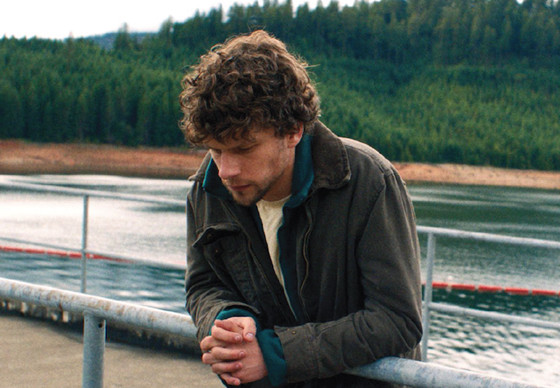
Kelly Reichardt has slowly been climbing up the ladder of contemporary indie American cinema for a decade or so now, with films like Wendy and Lucy (also worth viewing!) and Meek’s Cutoff, and Night Moves is certainly her most impressive work to date, following a group of three environmentalists as they prepare to execute an explosive attack on a nearby dam, the film detailing the tension and paranoia that understandably comes from such an action.
With Jesse Eisenberg giving what could easily be the most consuming performance of his career so far (yes, even more so than his brilliant turn in Fincher’s The Social Network), and the rest of this remarkable cast somehow managing to match his effort, it’s no wonder that this film becomes as fascinating as it does, but that isn’t to dismiss the brilliant direction at play here, either.
Reichardt takes minimalist directing up a notch, mostly using static shots, few edits, no score – all of the trademarks of a film entrenched in the real world helmed by someone with a real understanding of what makes realism tick – and puts it into a setting that, whilst fitting to this focus on realism, simultaneously departs from it to focus on a culture little explored (much like her contemporary Debra Granik has, time and time again).
It’s near perfect, and is a great entry point to slow cinema – it may not be a piece of slow cinema in and of itself, but it has plenty of the trademarks to make it a close associate to maybe the best new wave currently running in cinema.
8. Cruising (William Friedkin, 1980)
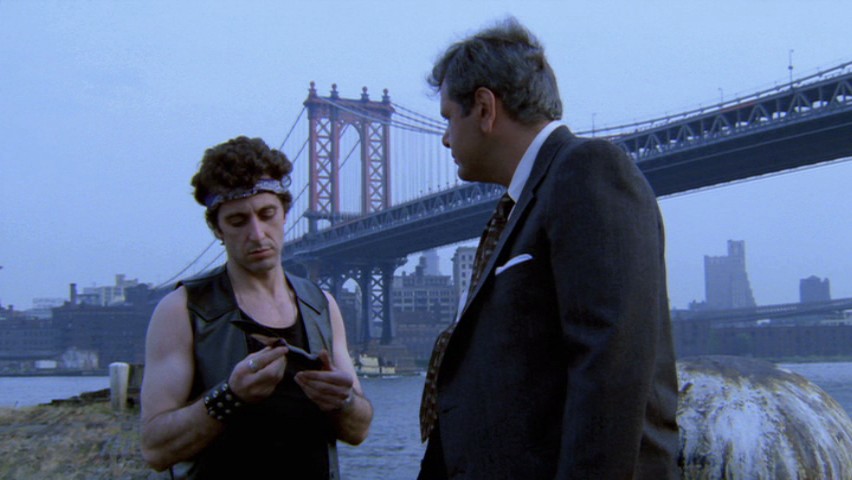
William Friedkin is one of American cinema’s most well known directors, largely for The Exorcist and The French Connection, and it’s hard to say that this is exactly undeserved, but maybe he deserves more credit for his back catalogue, one that features the likes of Bug (an additional film worth seeking out if you’re in need of thrillers to get around to!), Killer Joe and Cruising – it was quite difficult to choose which of his films to include here, really.
Cruising certainly stands out, though, it is an incredibly grimy film that notably sees a young Al Pacino wander through multiple S&M places in search of a killer, and furthermore, it was a film that proved to many that Friedkin could work in just about any situation – let’s just try to keep him away from documentaries about the Devil, please.
9. The Comfort of Strangers (Paul Schrader, 1990)
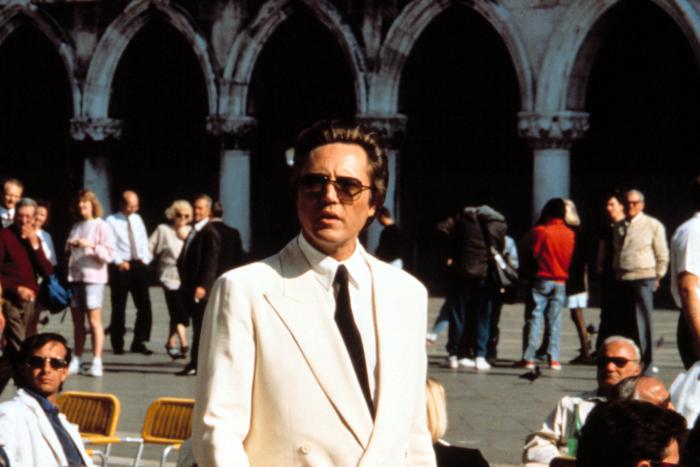
Paul Schrader is no doubt a name many will instantly recognise, and some of you may even think, ‘How could I have missed this?!’, but the answer is sadly just a matter of poor distribution – something that seems to have plagued poor Schrader many a time. Thankfully, the BFI picked the film up, gave it a stunning restoration and a great release, finally making it more accessible, and thank the Lord for that, as it is one of the most discomforting films of the 1990s.
Following a couple with marital troubled as they desperately holiday to Venice – a place that always seems to end quite badly in film – and then meet a mysterious Christopher Walken one night when lost in the labyrinthian cobbled streets, and from there on things… certainly change – we’ll avoid ruining it, it’s best kept a surprise.
Bringing to mind classics like Roeg’s Don’t Look Now with its use of Italy as a placeholder for dying relationships, and making its own mark with indelible set design and cinematography (as well as Walken’s marvellous performance), The Comfort of Strangers is a truly unforgettable film, a very creepy one, but – being a product of Paul Schrader – an equally erotic one. It seems to have remained rather under the radar despite the BFI release, so do seek it out if possible, as it really isn’t one to be missed.
10. Summer of Sam (Spike Lee, 1999)
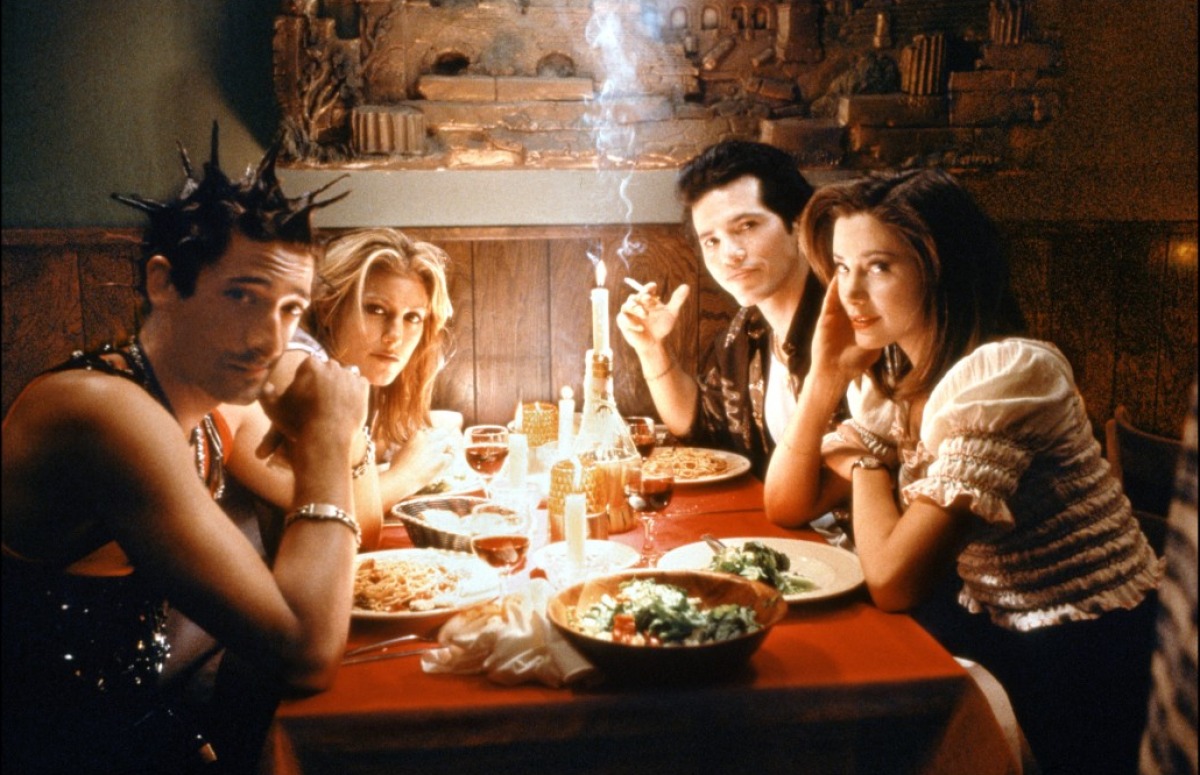
Spike Lee’s one and only great departure from his racially driven oeuvre is Summer of Sam, a terrific, paranoid serial killer thriller (say that ten times fast) based upon the real Son of Sam killings. Whilst not so much a frightening film as it is one that drags you to the edge of the seat and seems to glue you there for the majority of the runtime, Spike’s usual vitriolic directorial style gives way to something more focused on pace and discomfort, generating this feeling of constant paranoia in not knowing who the titular Sam is.
John Leguizamo and Adrien Brody both give very impressive performances, too, and Ellen Kuras’ cinematography is a marvel, as usual. Though it has the absence of Spike’s usual markings, it still succeeds greatly as a contained thriller focused on ‘70s New York City, a city gradually turned to a boiling point by engulfing paranoia and fear.